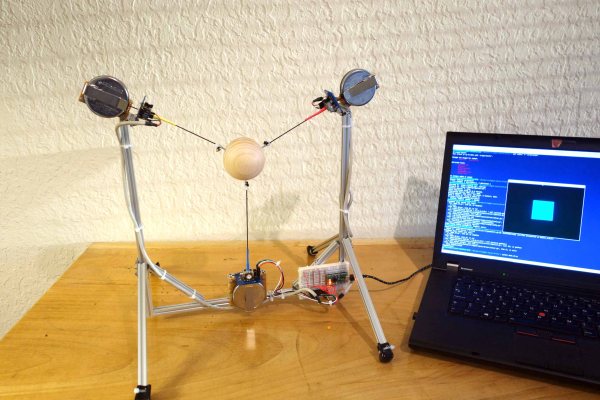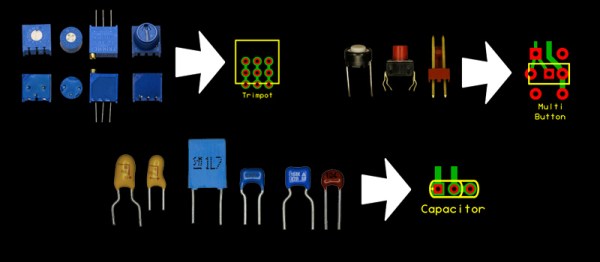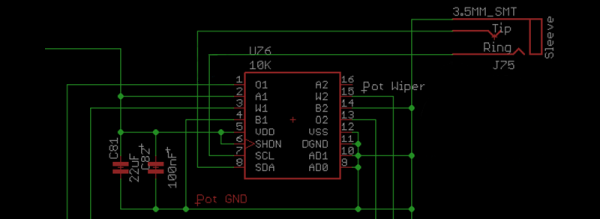[Nicolas Berger] submits his six degree of freedom mouse project. He hopes to do things like control a robot arm or fly an alien mothership.
We thought the construction was really neat; suspending a wooden ball in the middle of three retractable key rings. By moving the ball around you can control the motion of a cube displayed on the computer. We first thought this was done by encoders or potentiometers measuring the amount of string coming out of the key fobs. However, what’s actually happening is a little bit cleverer.
[Nicolas] has joined each string with its own 2 axis joystick from Adafruit. He had some issues with these at first because the potentiometers in the joysticks weren’t linear, but he replaced them with a different module and got the expected output. He takes the angle values from each string, and a Python program numerically translates the output from the mouse into something the computer likes. The code is available on his GitHub. A video of the completed mouse is after the break.
Continue reading “Joysix, Six Degree Of Freedom Mouse Made From Retractable Key Rings”


















